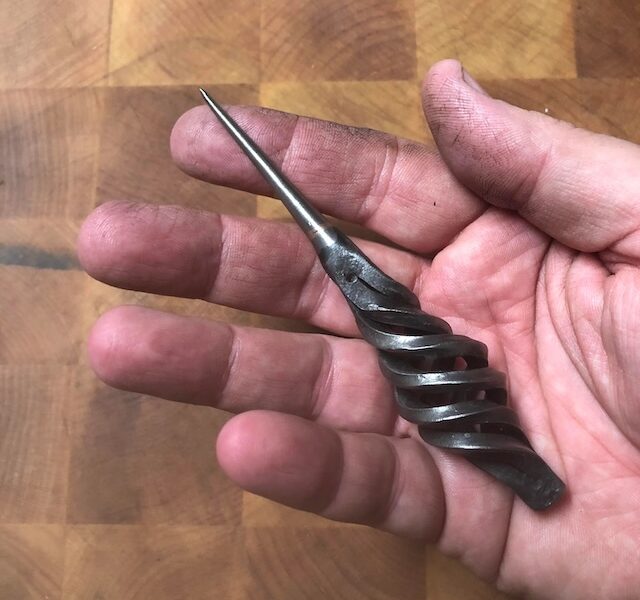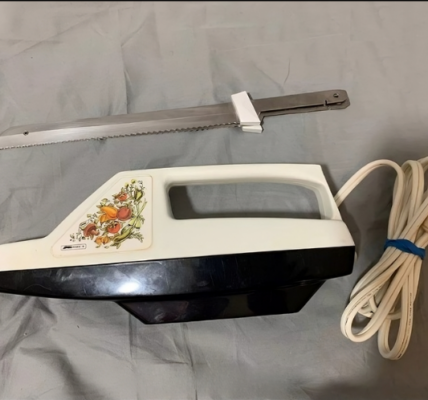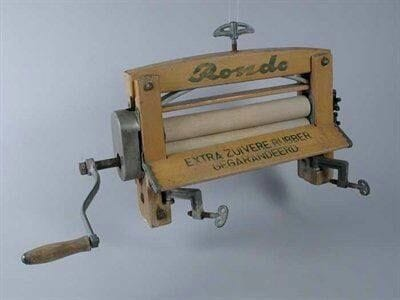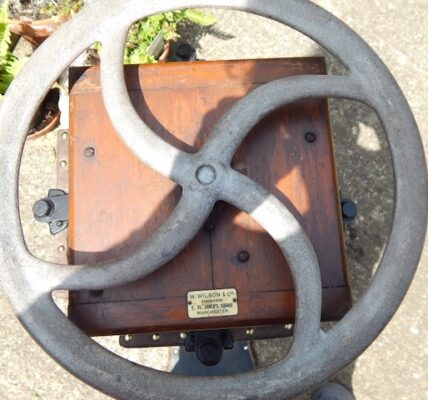Does This Look Familiar? If Yes, You Might Be from the ‘Golden Era’ – Find Out Why It Was So Beloved!-s1
In a time before modern machinery and power tools, artisans, craftsmen, and even homemakers relied on simple yet powerful tools to complete their tasks. One such item was the vintage awl. Though unassuming in appearance, this hand tool held immense importance in a variety of trades. Whether used by a leatherworker stitching pieces together or a carpenter marking lines, the vintage awl was a must-have for anyone serious about their craft. This tool, with its pointed tip and sturdy handle, was the backbone of precision work and continues to captivate those with an appreciation for traditional craftsmanship.
Origins and Historical Significance
The vintage awl has deep historical roots. Awls have been used for centuries, dating back to ancient civilizations where early humans crafted versions from bone, stone, or metal. These early versions of the awl were crucial for creating clothing, shelters, and tools by puncturing or scribing materials like leather, wood, or fabric. Over time, as metalsmithing evolved, the awl transformed, gaining sturdier materials, better craftsmanship, and a variety of designs suited for specific purposes.
In the 18th and 19th centuries, awls became more refined as the demand for tools that could handle intricate tasks increased. The vintage awl as we know it today, with its solid metal tip and wooden handle, emerged during this period. It was essential for saddlers, shoemakers, and tailors, becoming a staple of most toolkits and workshops.
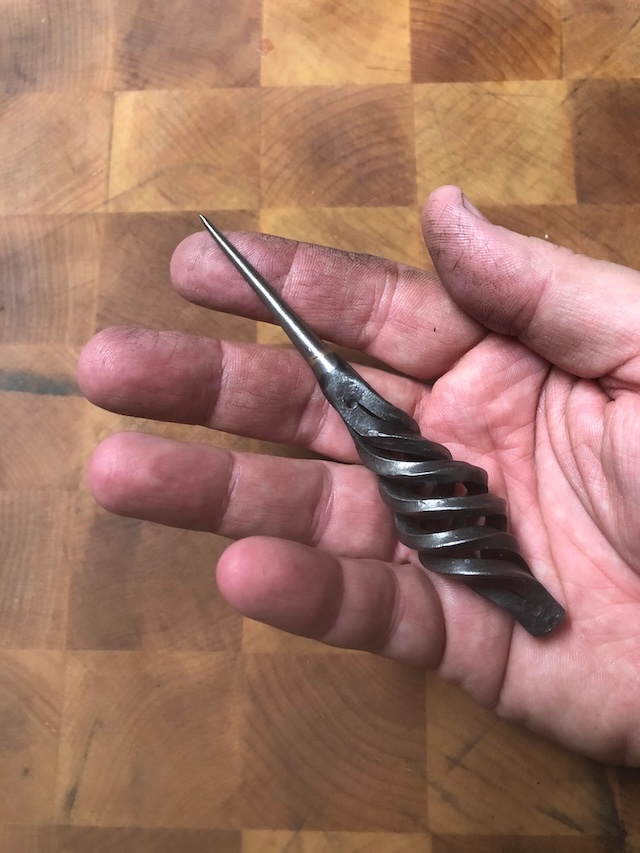
The Craftsmanship of the Vintage Awl
One of the defining features of a vintage awl is its craftsmanship. Unlike modern mass-produced tools, each vintage awl was often handmade or forged with meticulous attention to detail. The handle was usually made from hardwood, designed to fit comfortably in the hand, allowing the user to exert controlled force. The metal tip was crafted from high-quality steel, hardened to withstand pressure without bending or dulling easily.
Some vintage awls feature a twisted handle design, allowing for a firm grip, while others have brass embellishments, adding a touch of elegance to an otherwise utilitarian tool. This blend of functionality and aesthetic appeal is what makes these vintage tools particularly prized among collectors and artisans today.
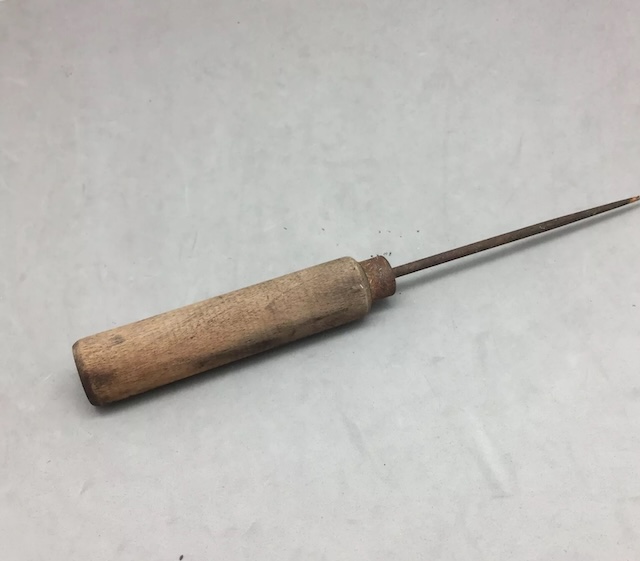
Why the Vintage Awl Was a Must-Have
In an era where repairs were done by hand and each stitch or hole was made with care, the vintage awl was indispensable. For anyone working with leather or wood, an awl provided precision and control unmatched by any other tool. Shoemakers, for instance, used awls to punch through thick leather, ensuring that each stitch was tight and durable. Tailors used them to mark fabrics, creating patterns with accuracy and ease.
Unlike modern alternatives, the vintage awl was durable, made to withstand years of use without losing its edge. Its simplicity meant that it required no upkeep beyond occasional sharpening and could be used in various settings—from a shoemaker’s bench to a carpenter’s table. For many, the awl wasn’t just a tool; it was a companion in their craft, an extension of their skill and dedication.
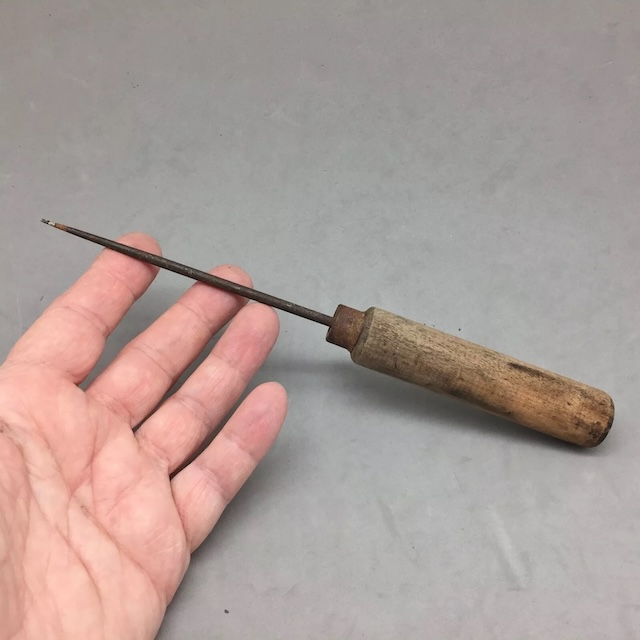
Fascinating Anecdotes and Uses
The vintage awl has been associated with numerous fascinating anecdotes throughout history. During wartime, awls were often carried by soldiers, not only as a tool but as a potential weapon for close combat. In more peaceful times, these tools were passed down through generations, becoming heirlooms and a testament to the work ethic of family craftsmen.
An interesting use of the awl was in the art of bookbinding. Craftsmen would use awls to punch holes in paper and leather, carefully preparing the material for stitching. This attention to detail allowed for the creation of beautifully bound books that could withstand the test of time. In small communities, it was common to see a well-worn awl shared among neighbors, demonstrating the communal value of a high-quality tool.
Another noteworthy story involves the role of the vintage awl in early pioneering communities. As settlers moved westward, they carried minimal supplies, and the awl was a prized possession, used for everything from mending clothes to repairing tents and other essential gear. This versatile tool was a silent companion on long journeys and in the building of new homes.
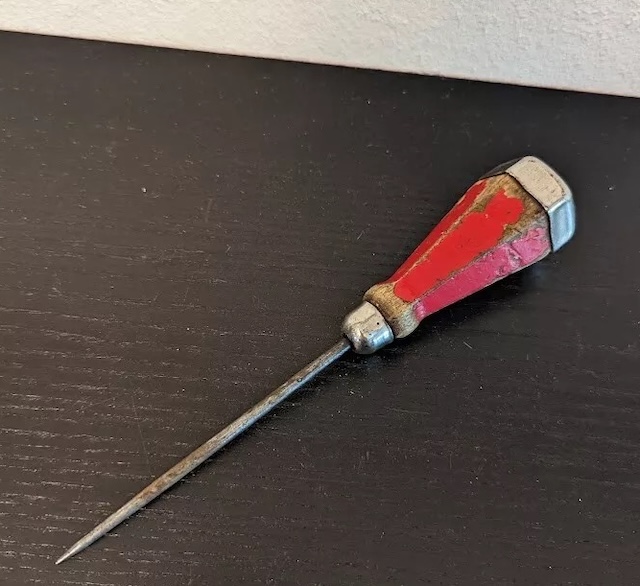
The Vintage Awl in Today’s World
Today, while modern tools have largely replaced the vintage awl for everyday tasks, it remains cherished among artisans and collectors. Leatherworkers, bookbinders, and carpenters who practice traditional techniques still seek out these vintage tools, finding them more reliable and effective than many contemporary counterparts.
Collectors appreciate vintage awls for their historical significance and craftsmanship. Some awls are particularly rare, featuring unique design elements or makers’ marks, making them highly desirable. In an age where disposable items are the norm, the vintage awl represents a time when tools were built to last a lifetime and beyond.
There’s also a resurgence in using hand tools as part of the “slow craftsmanship” movement. People are rediscovering the joy of working with simple tools that require skill and patience, appreciating the direct connection to materials that a tool like the awl provides.
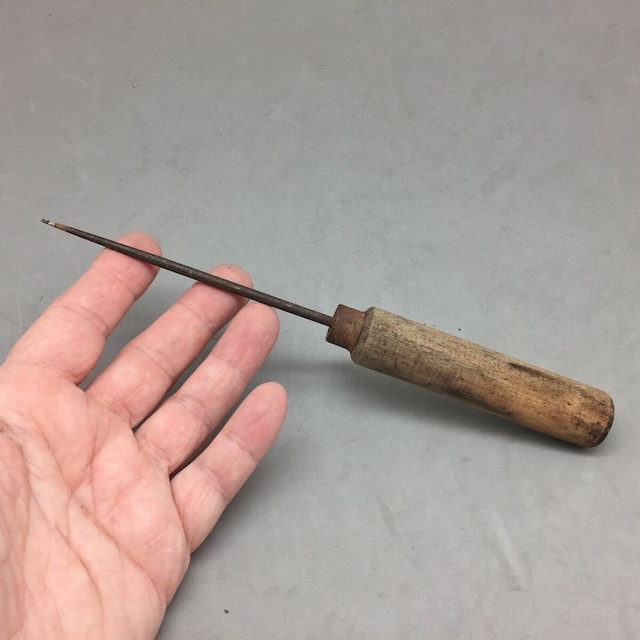
Conclusion: A Testament to Timeless Utility
The vintage awl stands as a reminder of an era when quality and craftsmanship were paramount. For generations, it was a tool that symbolized self-reliance, skill, and the value of hard work. Its design, unchanging yet highly functional, allowed artisans to create, repair, and refine their crafts with precision and pride.
As we look back, the vintage awl tells a story of human ingenuity and adaptability. From soldiers to tailors, carpenters to shoemakers, the awl was not just a tool—it was a lifeline, a must-have item that made life a little easier, one puncture or mark at a time. For those who continue to use it today, the vintage awl is more than just an antique; it’s a bridge to a time when simplicity met durability in the best possible way.
